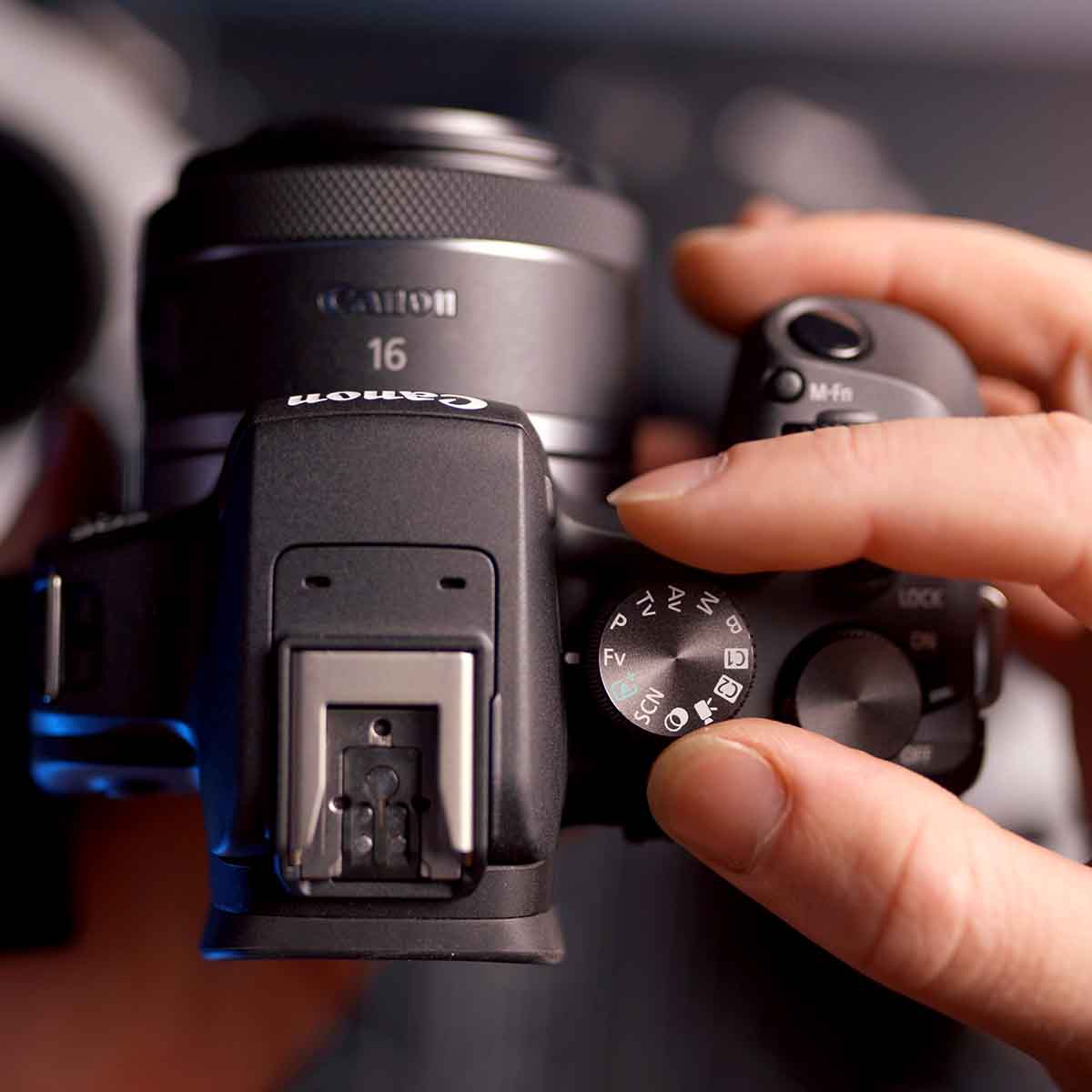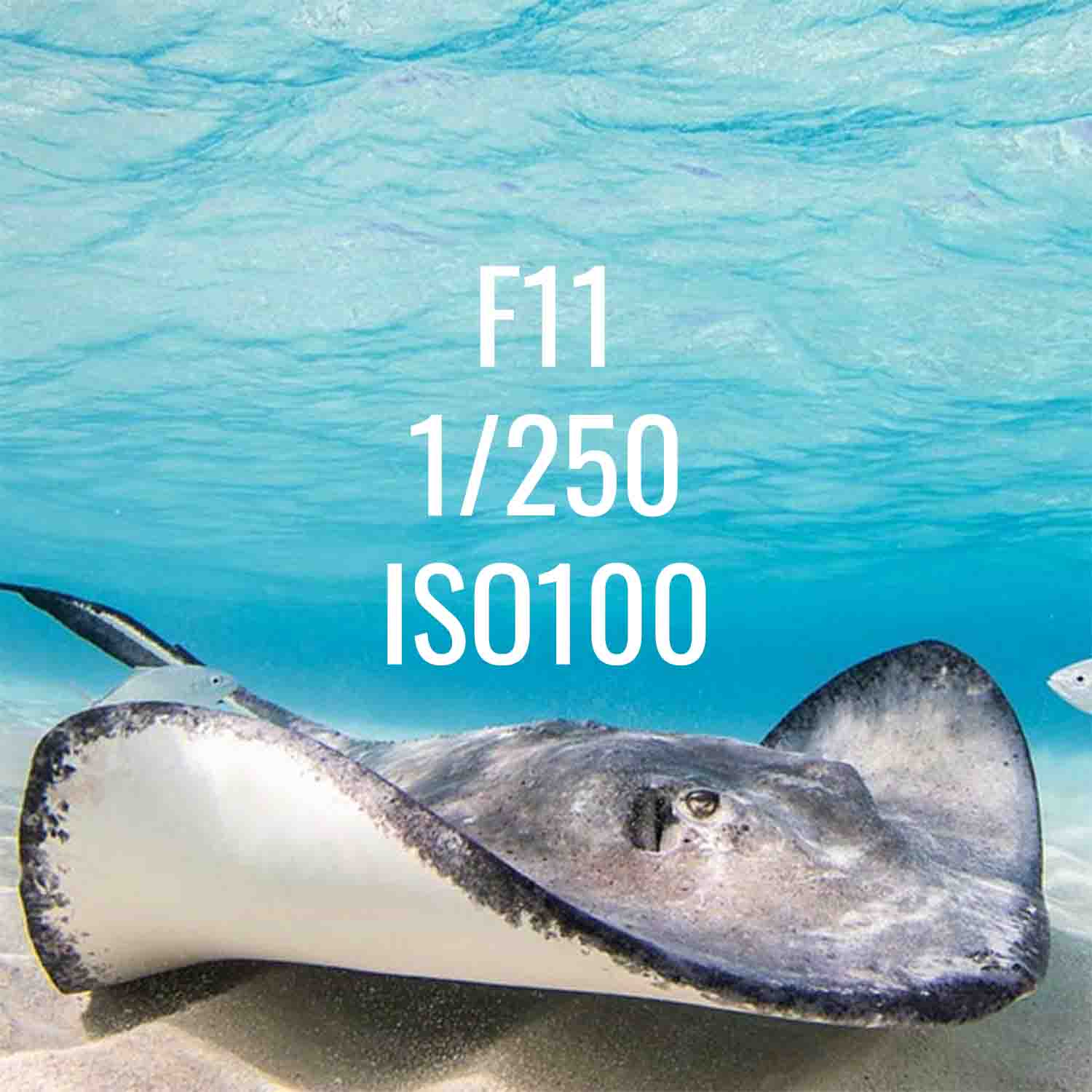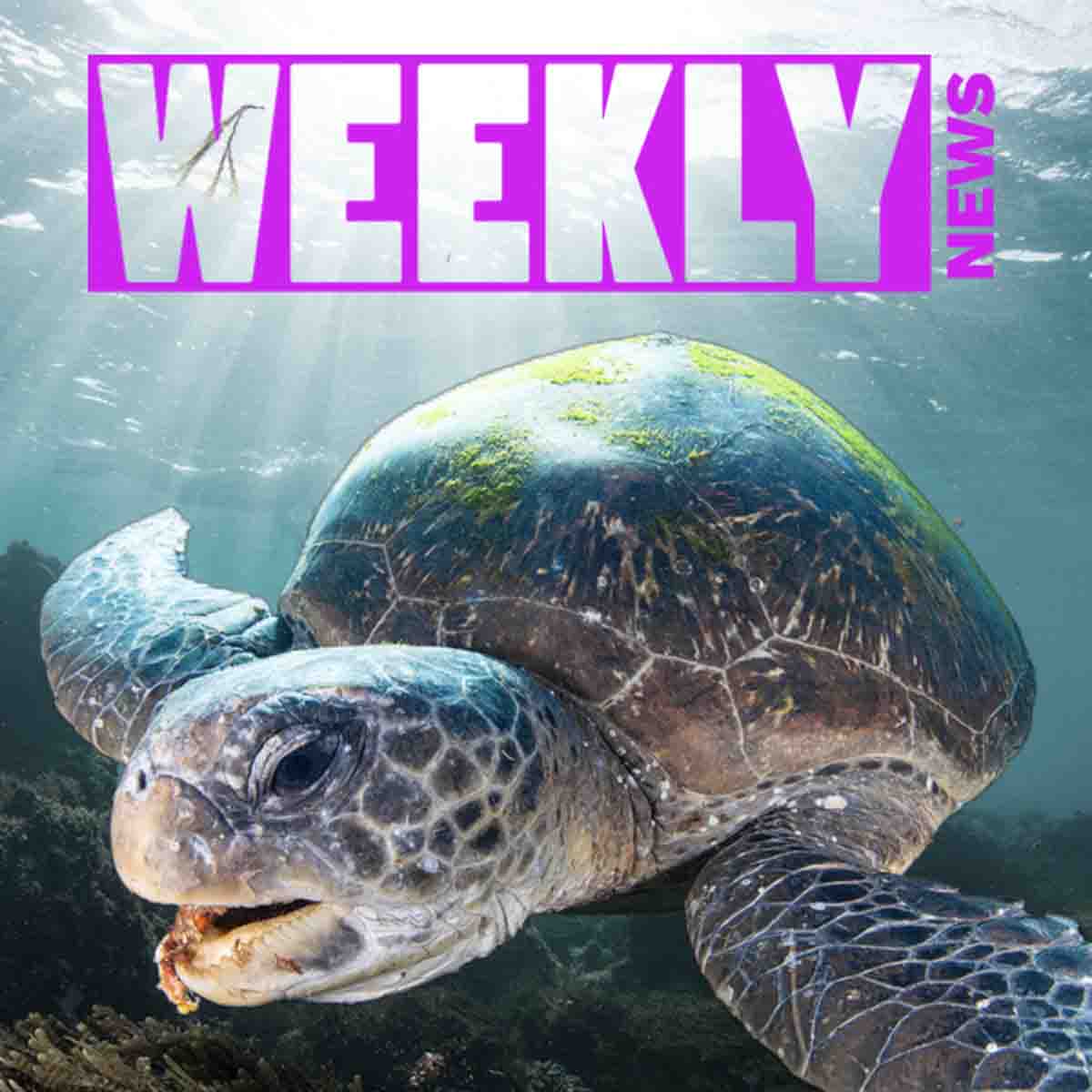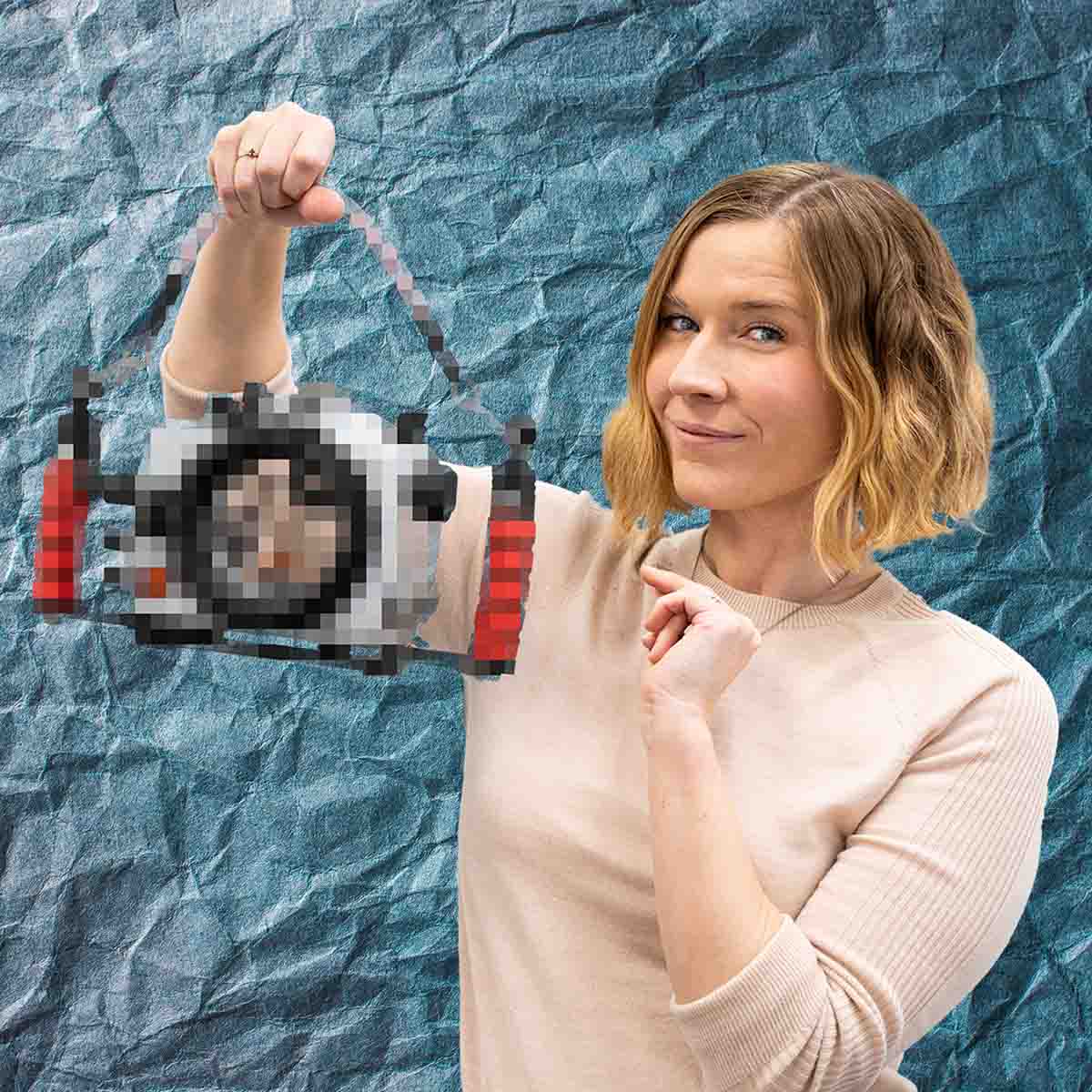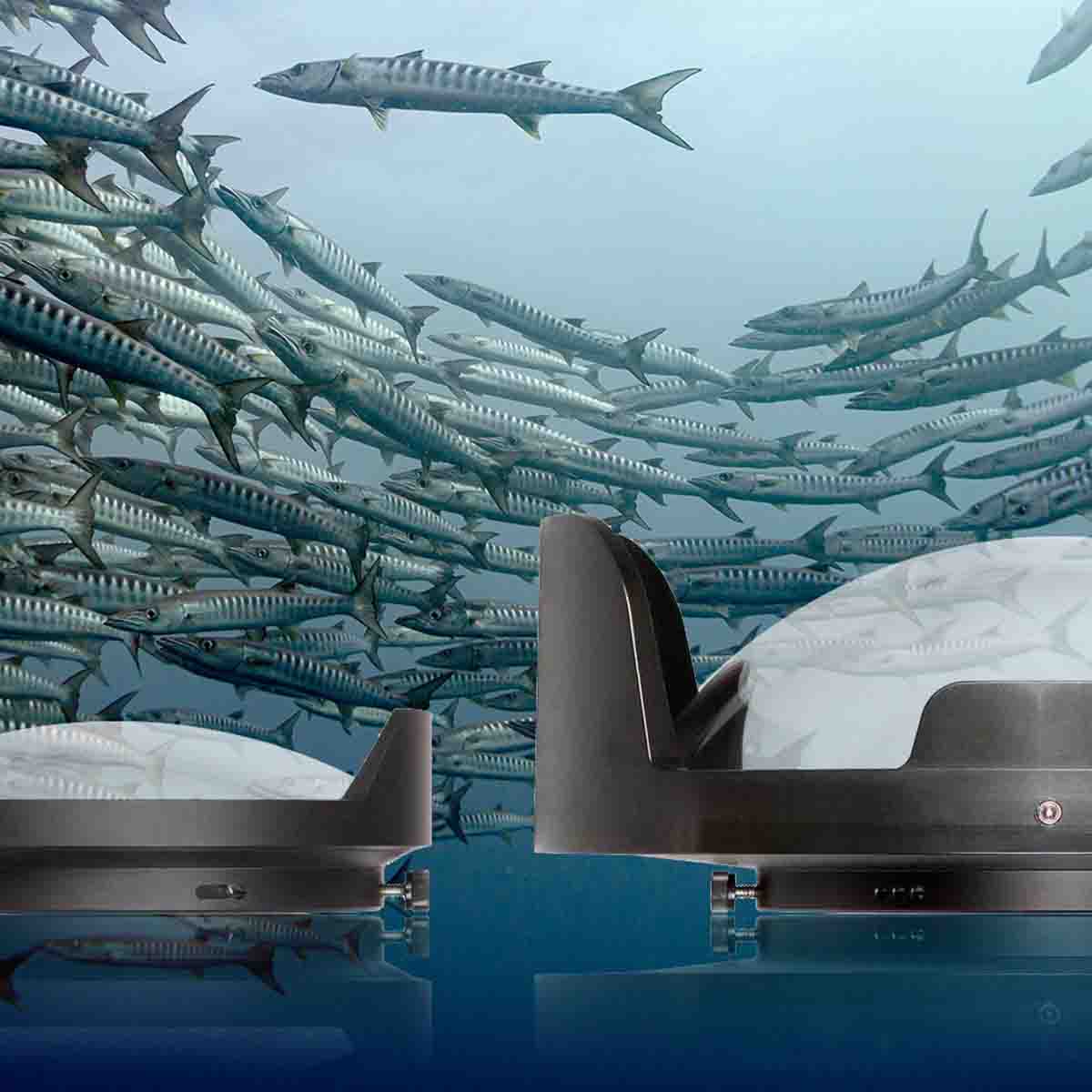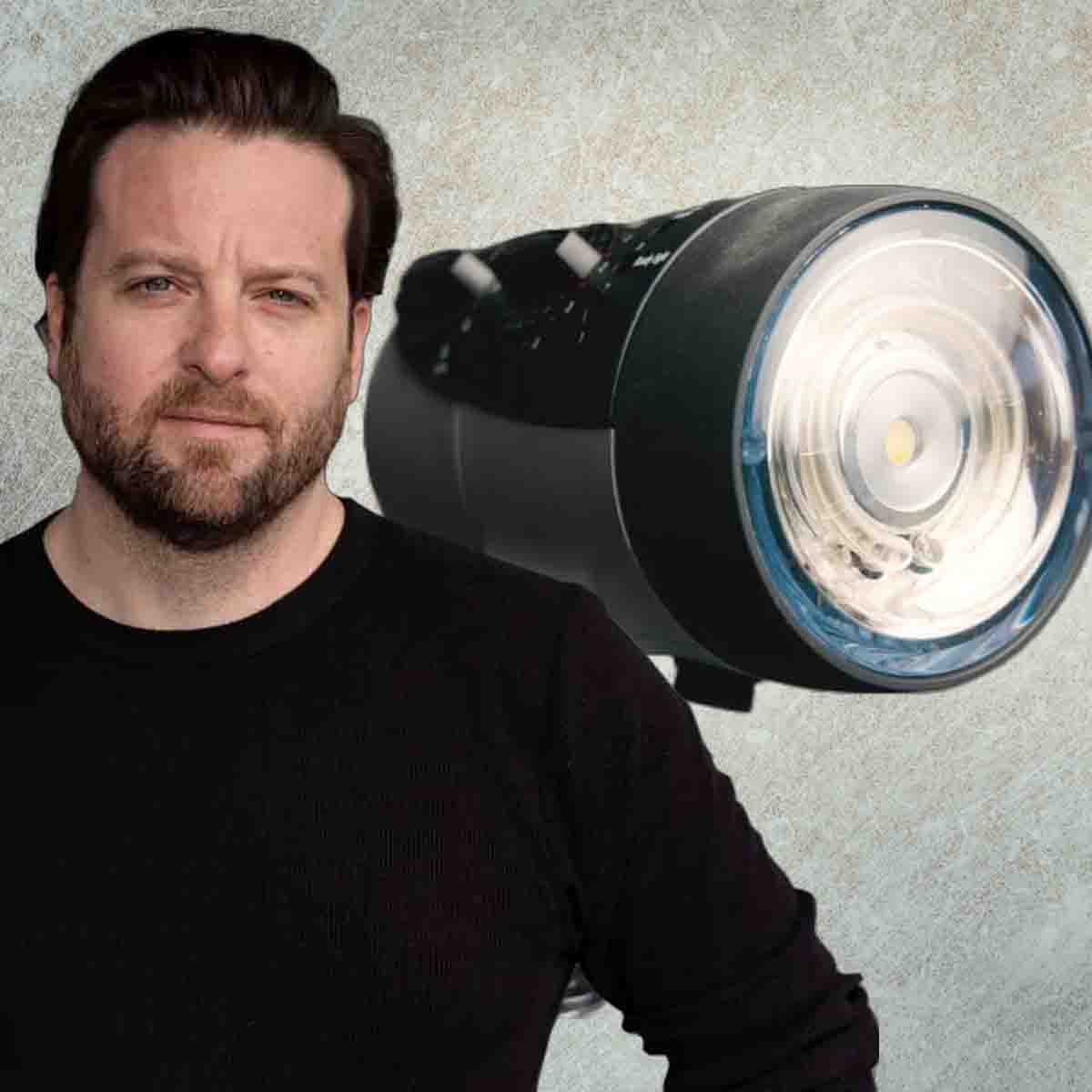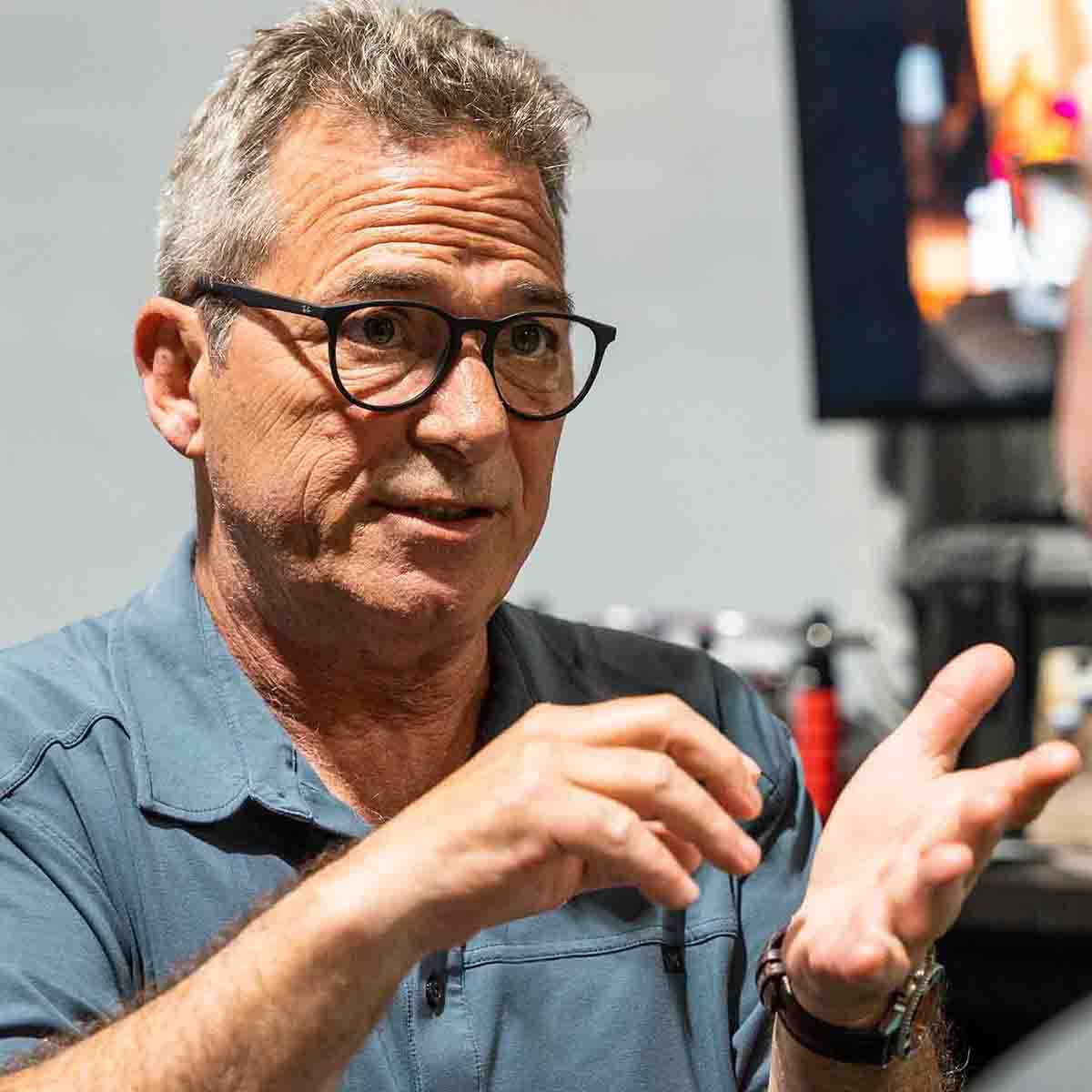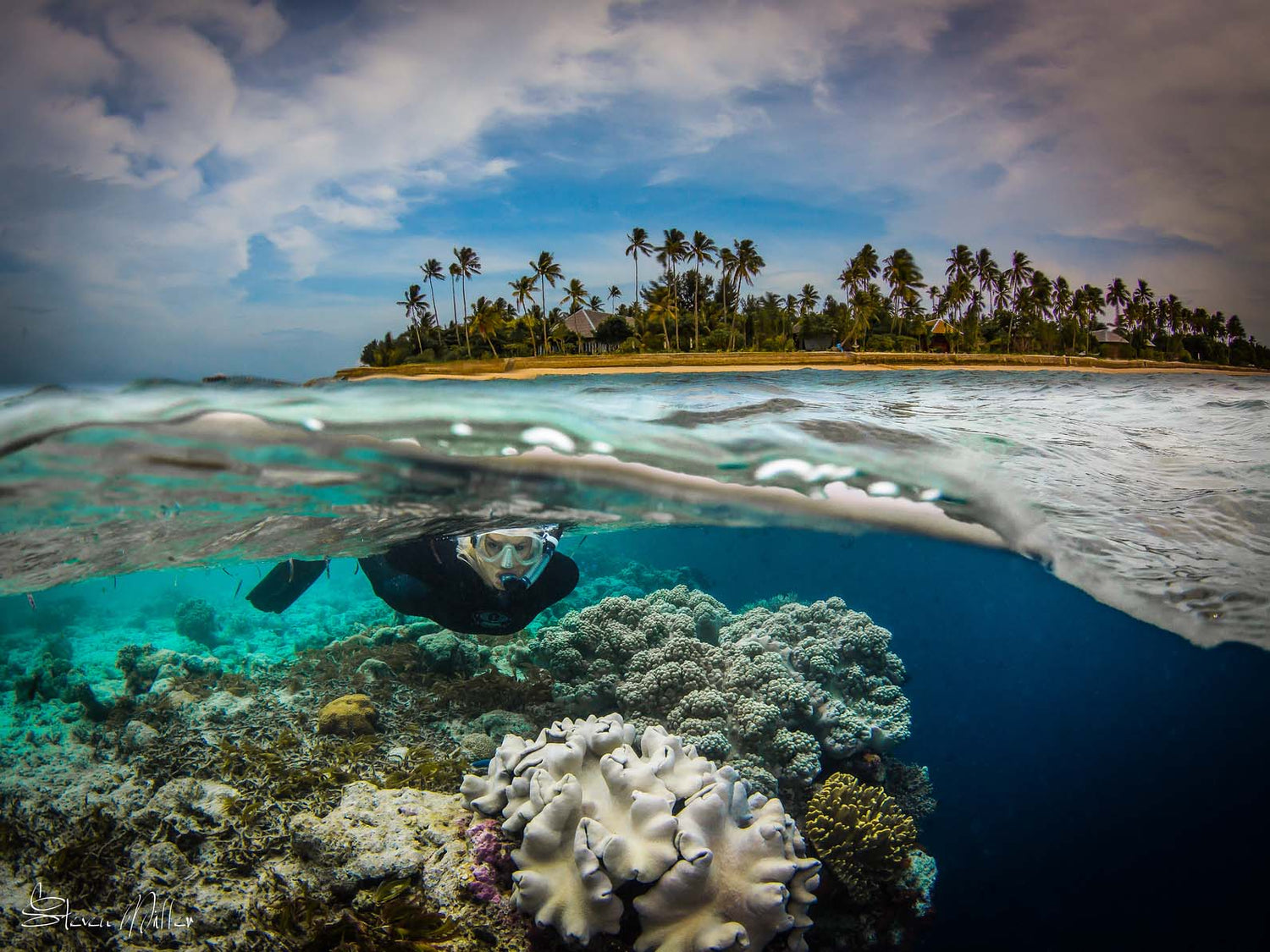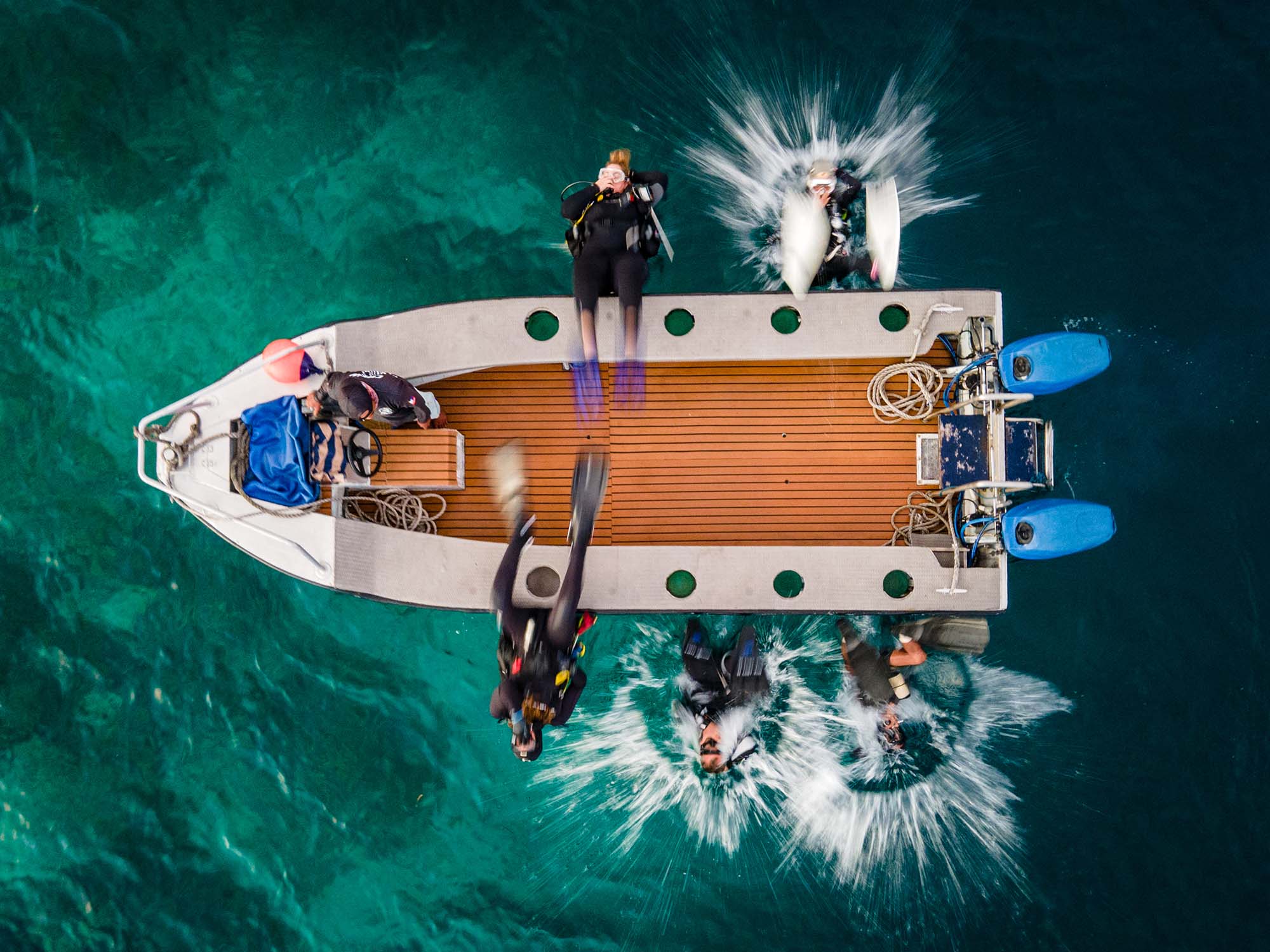By Denise Pietsch
You may have heard the term Marine Protected Areas (MPAs) before, but what does that term really encompass? And why are so many of the best dive sites in MPAs? In honor of Earth Day, let’s take a deep dive on Marine Protected Areas, why they’re critical to rehabilitating and maintaining a robust marine ecosystem, and how scuba diving and underwater photography can help keep these habitats thriving.
What Are Marine Protected Areas?
Marine Protected Areas are regions dedicated to the conservation of marine and coastal ecosystems and biodiversity. In 1958 The Exuma Cays Land and Sea Park was established as the world’s first marine protected area of its kind, and in 1962 MPAs began in earnest at the World Congress on National Parks. MPAs now number over 5,000 worldwide.

The MPA of Fakarava Atoll in French Polynesia is home to such a rich and diverse ecosystem that it's been declared a UNESCO Biosphere Reserve. © Douglas Klug
There is a wide range of MPAs from strict marine reserves which prevent removal of any resources and prohibit human entry, to protected areas which allow the sustainable use of natural resources and limited human recreation.
All of these areas will be protected by either a local, native, state, national or international governing body and these authorities differ depending on the level of MPA and from country to country. International ocean policy expert Max Bello has been a staunch advocate of MPAs and has worked with NGOs and governmental bodies alike to help advance marine protections throughout his career. Most notably Max helped enact protections for over 2 million square kilometers (772,204 square miles) of territorial water. “My experiences have convinced me that marine protected areas (MPAs)—particularly those that are highly or fully protected — are our best chance of bringing the ocean back to life.”
As there are different levels of MPAs there are also different prerogatives for MPAs. Some MPAs have been established as cultural heritage and historic sites while others are focused on maintaining sustainable resources by preventing overfishing. Many of the MPAs popular with divers, like Raja Ampat, are focused on protecting the biodiversity and critical ecosystems within their waters.
Why Are MPAs Important?
Well managed Marine Protected Areas safeguard and restore biodiversity and marine ecosystems which are critical to the health of our oceans and to the health of the area’s local community. When, for example, areas become overfished it creates an imbalance in the marine ecosystem which makes it vulnerable to destruction, meaning not only a loss of marine life but also a loss of subsistence for the local community.
MPAs are a rich source of multi-disciplinary scientific study providing insights into topics like sustainability, the importance of the social-ecological systems theory, and coral restoration. MPAs also bring awareness of marine conservation to the general public. Local nature preserves inform the community about how to protect and preserve the local flora and fauna. Global initiatives like International Union for Conservation of Nature (IUCN) inform governments and organizations like the United Nations about conservation by streamlining data and providing educational resources.

Raja Ampat, considered the global epicenter of marine biodiversity, is well known for its vibrant and colorful marine life. This area is protected by a network of MPAs. © Grant Thomas
The Role of Grassroots Efforts in Successful MPAs
Cabo Pulmo National Park has garnered international attention as an MPA success story, and its prosperity is due in large part to community-led efforts by local fisherman and their families. After years of witnessing decreasing fishing yields, the Cabo Pulmo community connected with scientists and government officials to enact protections for their reef. By 1995 Mexican President Ernesto Zedillo declared Cabo Pulmo a Marine Protected Area. In a ten-year period, Cabo Pulmo’s biomass increased by a record setting 463%. And by 2005 Cabo Pulmo was designated a UNESCO World Heritage Site.

Cabo Pulmo's large predator population rebounded by 1000%. © David Valencia
Marine Biologist and underwater photographer David Valencia has spent over a decade diving the now pristine waters of Cabo Pulmo saying, "The results of this community committed to conservation is a plethora of life that seems to be a Baja time machine where divers can experience what the reefs used to look like many years ago. These healthy Baja reefs are covered in coral, gorgonians, sponges, and of course lots of fish.”
But Cabo Pulmo isn’t alone. The Apo Island Marine Sanctuary in the Philippines, Jardines Submarinos de Vega Baja y Manati in Puerto Rico, and Gwaii Haanas National Marine Conservation Area in Canada are among other notable examples of grassroots-led MPA success-stories.
How Can Underwater Photography Help MPAs Thrive?
Because diving is a mostly non-consumptive sport – meaning divers don’t consume or degrade the local natural resources – many MPAs allow scuba diving, snorkeling, and freediving, although some MPAs will limit the number of divers allowed per day. Diving may even confer some benefits to the MPAs. In addition to bringing financial support to the area divers can also participate in Citizen Science efforts, coral restoration, and help share the importance of conservation efforts with their underwater photography.

Maisy Fuller, marine biologist and shark conservationist, tends to a coral restoration project in Indonesia. © Rhys Logan
Underwater imaging plays a key role in conservation efforts. Engaging content educates viewers and provides context to what’s at stake when underwater ecosystems are mistreated. Underwater documentarian James Graham uses his platform to advocate for underwater macro subjects, teaching his audience about how small creatures have a large impact on healthy habitats.
Citizen Science projects have proven to be a powerful force for scientific advancement in underwater research. These projects are open to the general public, are easy to participate in, and are advancing research in ways traditional scientists can’t do alone. By simply sharing your photos to a Citizen Science project, or even an app like iNaturalist, your underwater images become part of a larger network of community supported data that help inform conservation policies.
Diving in MPAs
MPAs are some of the most picturesque places underwater. Thanks to their conservation status, successful MPAs will typically have a more robust and diverse ecosystem and, depending on the region, large pelagic fish making for lots of good photographic opportunities for divers.

"Wakatobi is surrounded by one of the world's largest privately protected marine reserves which means that unlike most places, the diving just seems to get better and better each year." - An Insiders Guide to Diving Wakatobi Resort Indonesia © Steve Miller
Wakatobi in Indonesia is perhaps one of the best examples of a successful MPA, and a bucket list among underwater photographers. It’s known for its healthy and diverse marine life, ease of diving, and being the site of a number of underwater photography contest winning images. Ikelite Photo Guru Steve Miller says of Wakatobi, “There are few places in the world where you can spend 4+ hours a day underwater shooting, without ever getting near the decompression limits of your computer. There's a reason you so often seen award winning images coming out of Wakatobi. The marine life is diverse and you have plenty of time to perfect your shot.”
Crystal River, Florida is an MPA and national wildlife refuge and is the only protected area dedicated specifically to the protection of the Florida manatee. This protection was so powerful that it brought manatee population numbers from the hundreds to the thousands and upgraded Florida manatees from the “Endangered” list in 1970 to the “Threatened” list in 2017. However, manatee conservationists argue more needs to be done to protect Florida manatees.

Southern California's kelp forests lie within marine protected areas. These kelp forests are not only beautiful and biodiverse, but they're capable of sequestering more carbon than terrestrial forests. © Douglas Klug
Maybe one of the best known MPAs in the world, the Great Barrier Reef, is vast, has near year-round diving opportunities, and is home to some of the most incredible underwater creatures and views. Catalina Island in southern California is home to the MPA of Casino Point Dive Park, which is virtual fishbowl with bright garibaldi, dancing kelp and light rays, and sea lions. The Galapagos is another well-known home of marine biodiversity and calls to the science historians in us all.
And the list goes on, Aliwal Shoal, the Philippines… in fact the majority of the locations covered in our Ikelite Photo School are highly successful Marine Protected Areas, and for good reason.
In the 70-some-years since recreational scuba diving became popular, we’ve witnessed the degradation of earth’s most vital organ, the ocean. Divers have noted the decline of coral reef health, the dying off of important species, and the horrifying impacts of pollution. In Marine Protected Areas, however, we’re witnessing not just a cessation of this degradation, but in fact a reversal and a flourishing of marine life and biodiversity.
Additional Viewing
The Power of Underwater Photography for Ocean Conservation
Diving the Most Successful Marine Protected Area in Mexico
From Research to Outreach: Underwater Photography as a Tool for Science
Protect Sea Turtles with a Postage Stamp! [VIDEO]
Ocean Conservation in Action // Be an Environmental Influencer [VIDEO]
Illuminating the Technology of Coral Reef Research
The Brutal Impact of Fisheries on Sea Lions in Mexico
Every Little Stretch of Coast is Dying, We Need to Act Now!

Denise Pietsch (pronounced “Peach”) currently manages Ikelite’s Photo School and social media presence. Denise hails from New Jersey, where she obtained a degree in Dance Therapy. After years teaching dance she migrated into the corporate world and eventually came around to Ikelite via the natural career path of fruit distribution and early childhood development. In the end, her lifelong love of photography and octopuses combined into the work she does now. In addition to sharing her energy and enthusiasm with the underwater community she also enjoys chasing sunrises, sunsets, her toddler, and a good vinyl record.




